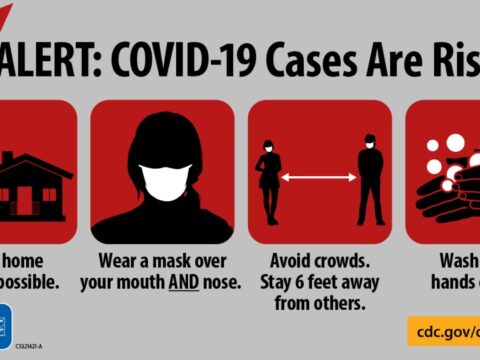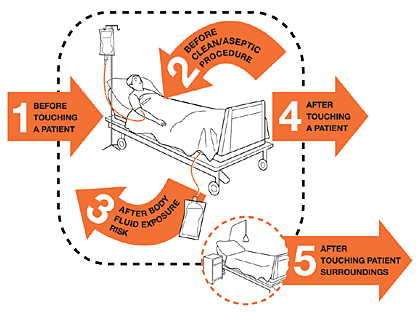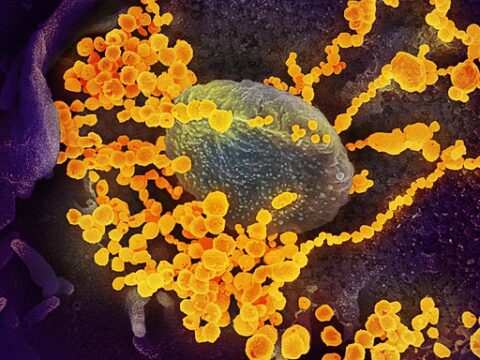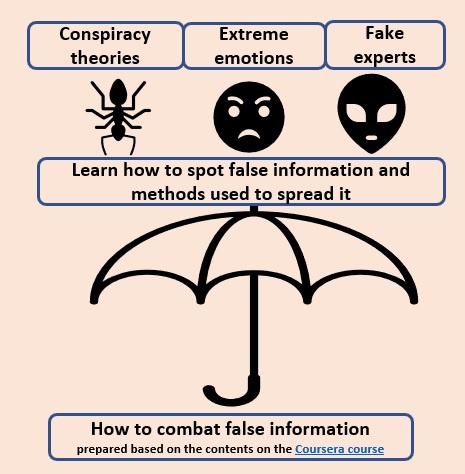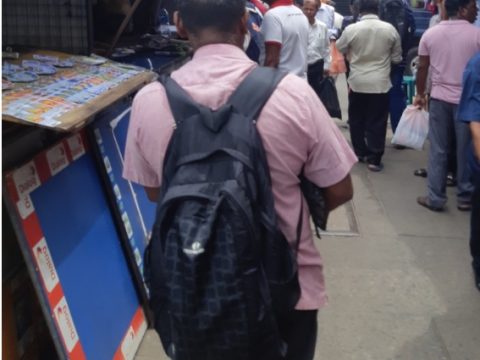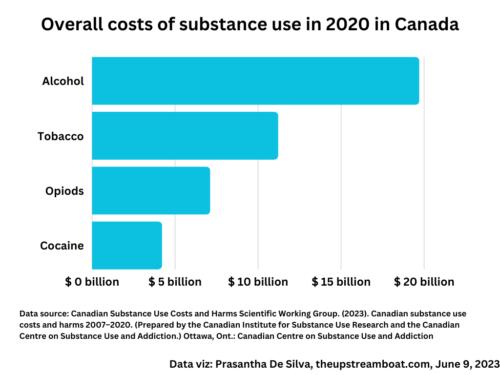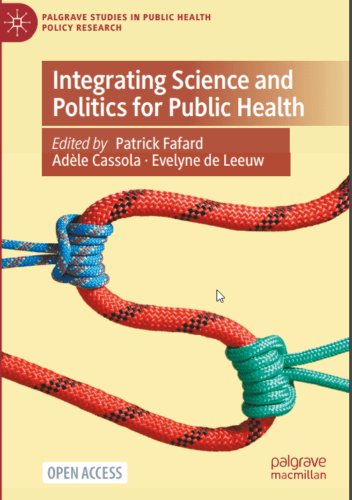Author: Prasantha De Silva
Is COVID 19 virus a living thing?
The COVID 19 virus has only a protein – RNA; it needs a living cell to produce its own copies.
Research on health workers’ hand hygiene compliance promotion:1
During this unprecedented COVID 19 pandemic, healthcare workers are one of the most vulnerable high-risk groups who have been contracting the virus, second only to the seniors living in long-term care facilities. In this background, I looked at the existing evidence about one crucial aspect in the prevention and control of spreading the virus: healthcare workers’ hand hygiene. During my exploration, I found a systematic review of systematic reviews published in 2018. A systematic review of systematic reviews – 2018 As anyone can guess, there has been a large number of research available in the world for someone to conduct…
Goodhart’s Law: When the metric becomes the target
This is a very common trap that decision-makers fall into. Find out how. I will begin with two analogies: “Nail production” and the “cobra effect”. The famous “nail production” analogy A company announced to its employees that they were going to assess their productivity by the number of nails manufactured. The result was a large number of useless small nails; then, the managers came up with a different metric: the weight of nails manufactured. The result was few but heavy, again useless nails”. This story itself could be a manufactured one; but, it is a good introduction to the concept….
Related Articles
How accurate our data on COVID 19?
The WHO’s estimate of the COVID 19 case fatality rate is 3.4 percent. According to John Ioannidis, the estimate is inaccurate. His reasoning is simple but comes from basic epidemiology principles; it should come from a random sample of a population and an accurate estimate of the number of infections in the host population. He uses Diamond Princess’s 700 passengers as the closest closed sample to calculate the estimate although this small population cannot be considered as a random sample. According to him, the case fatality rate of this population is 1 percent (7 deaths/700 passengers); this population is largely…
The Story of Frank
Frank is not a person; it was a coral. Dr. Tollio Rossi, an Australian marine biologist, characterizes this coral as Frank. He presents his science project as a brief animation video to raise awareness about the impact of mass bleaching on this world heritage coral. Find out how he attracts our attention by giving life to this inanimate coral. This is a great living example of the power of story telling. According to his post that appeared in his science website, Frank has won two global awards: the Best Educational Video at the Film4Climate Global Video Competition and was a…
Interpreting rates: COVID-19
Source:https://gisanddata.maps.arcgis.com/apps/opsdashboard/index.html#/bda7594740fd40299423467b48e9ecf6 This article, published in AlJazeera reminds me of my epidemiology lesson about interpreting rates. It is titled “why Italy’s coronavirus mortality rate is high”. I would begin with the order of questions that I would ask when I am confronted with the task of interpreting a rate. 1. Is there any artifact? yes; Italy’s denominator (number of infected cases due to their more restrictive case definition) is lower due to fewer number of testing from other countries such as South Korea and Germany (due to their more liberal case definitions). For example, as of March 15, South Korea has…
Interpreting rates: COVID-19
Source:https://gisanddata.maps.arcgis.com/apps/opsdashboard/index.html#/bda7594740fd40299423467b48e9ecf6 This article, from AlJazeera, reminds me of my epidemiology lesson about interpreting rates. Its heading reads as”why Italy’s coronavirus fatality rate is so high”. First about the concept of a “rate”. A rate has a numerator and a denominator = numerator/denomintor. We multiply the resulting value by either 1000, 10,000, 100,000, or even a million depending on the situation. In this situation, the denominator is the number of persons tested for the COVID 19 virus. Its numerator is the number of persons reported positive with the test. I would begin with the order of questions I would ask when…
Tracking COVID-19
February 11, 2020 March 17, 2020; after a month March 20, 2020: 3 days later March 24, 2020
How to frame covid19 pandemic messages
Risk communication is challenging, particularly through mass media. It can yield unintended consequences when the time-tested proven strategies are not followed. The people’s response varies with how we frame those messages. Therefore communication becomes critical here. In other words, even providing factually correct messages is not enough. Those messages should be framed to persuade the message recipients. how do we do that? Previous epidemics like SARS and Ebola have taught us some lessons in this regard. The World Health Organization (WHO), US CDC, and European Union have developed guidelines based on prior experience. Those are as follows; The US CDC…
Pluralistic ignorance
Imagine that you are listening to a lecture with your classmates. You want to ask a question from the lecturer to clarify a certain matter. However, you assume your classmates understand the presentation because they do not ask questions. Therefore, you won’t ask your question. Sounds familiar? Your friends too won’t disturb the presenter for the same reason. You all are experiencing “pluralistic ignorance”. This is the opposite of the false consensus bias in which the minority believe they are the majority. Miller and McFarland demonstrated the same in 1987: their 22 study participants – university students – responded to…
